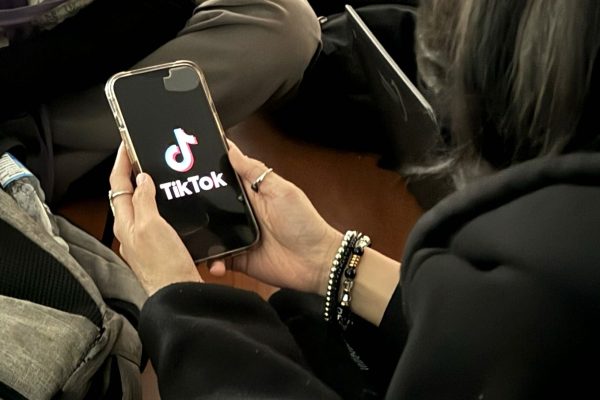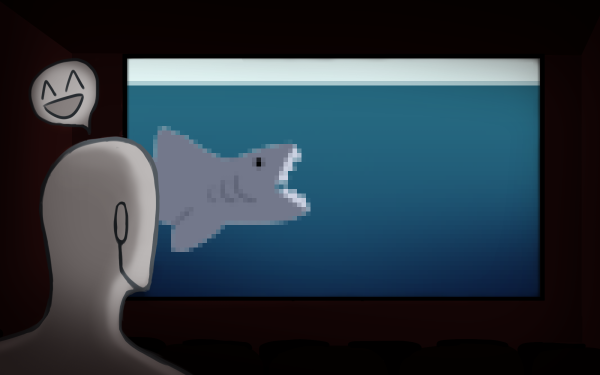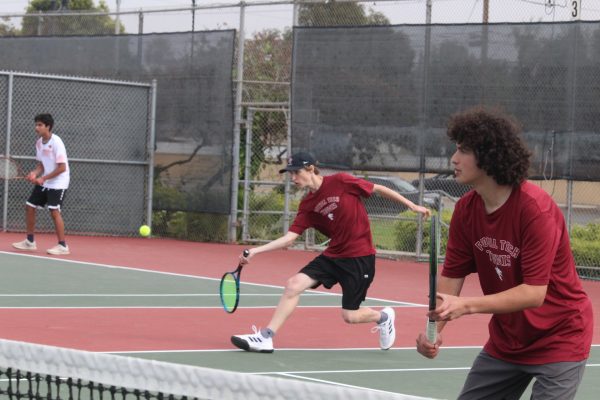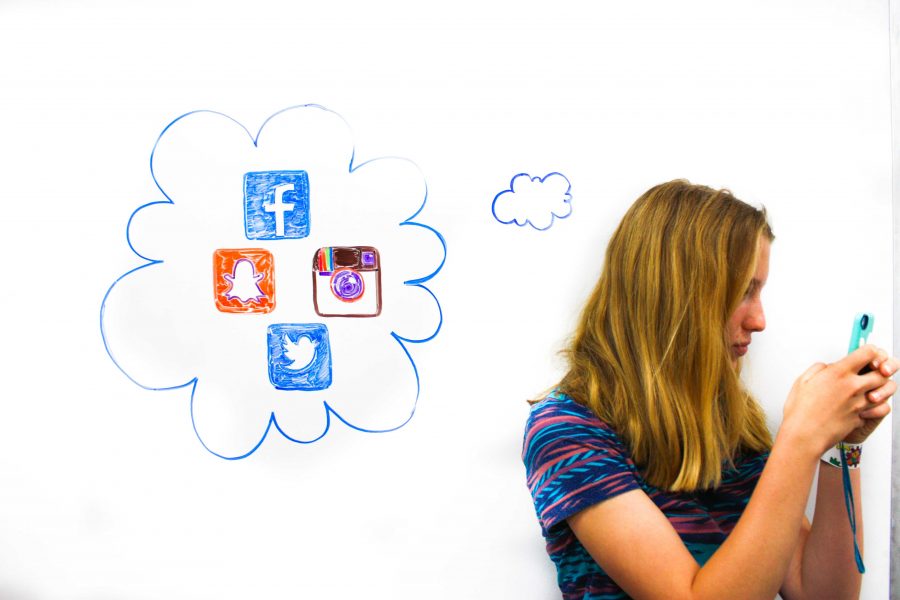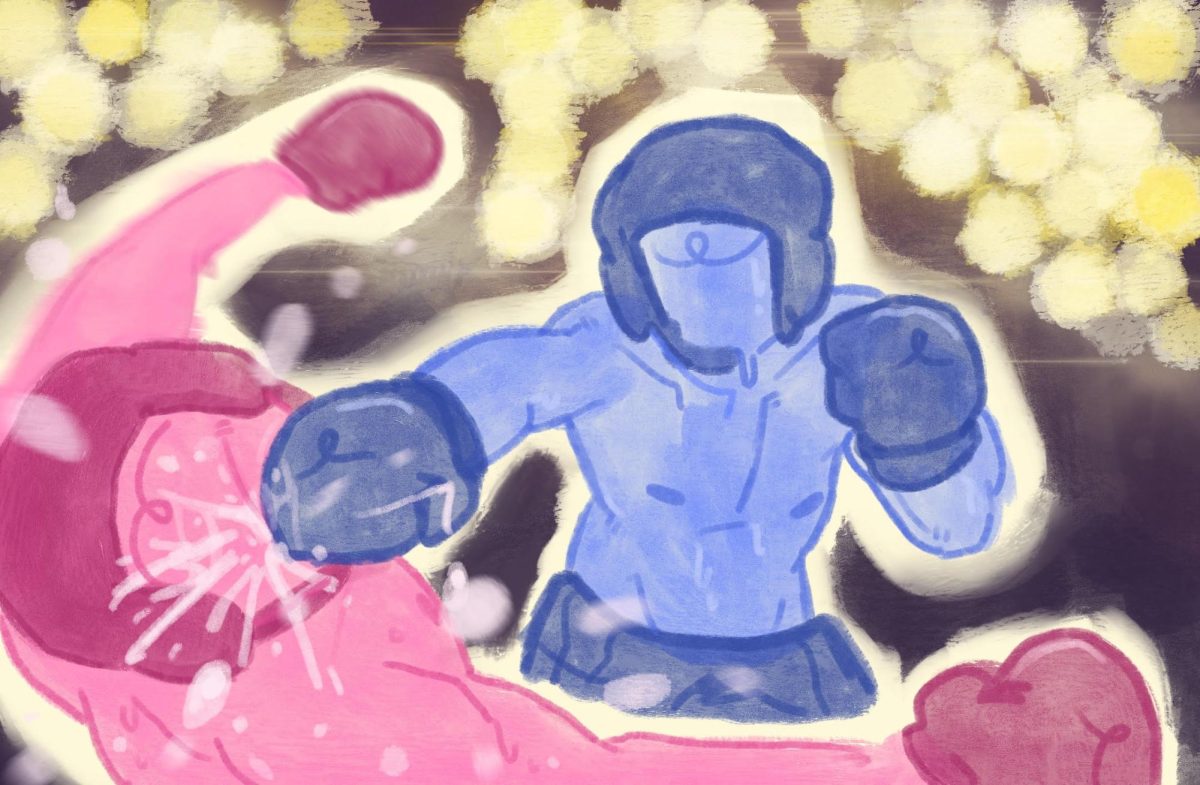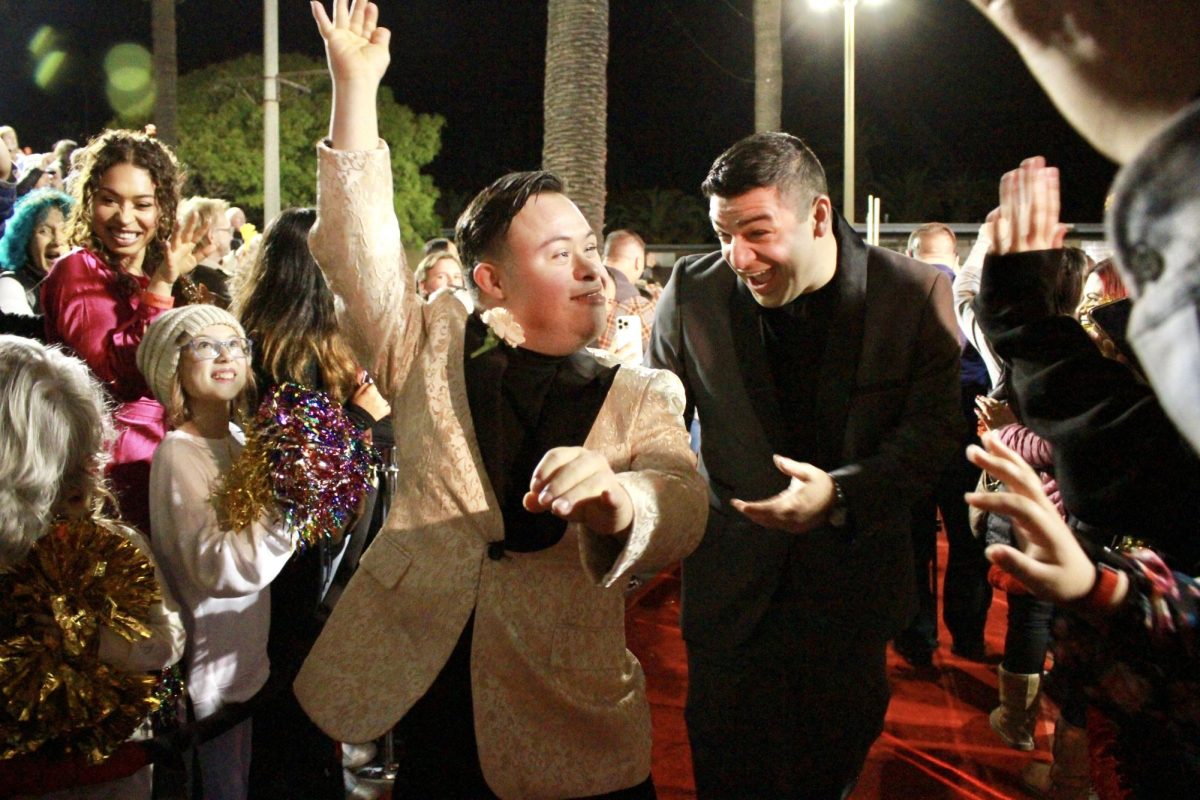The world of social networking is a blur of tweets, posts, and likes. People from different areas of the world can easily like an Instagram post or retweet a tweet about how funny Jennifer Lawrence is. The barrier between countries is gradually breaking down.
Social media has made it easier to connect with different people across the world. It’s made it faster to find people who share the same interests as you or get up-to-date notifications from your favorite artists.
“There’s definitely people that I wouldn’t be as close to if it wasn’t for social media, like people who go to different schools than me. Without social media I wouldn’t be able to interact with them,” sophomore Charlotte Fox said.
Social networking sites help people maintain their old friendships, as well as create new ones. According to a survey done by Common Sense Media, of the thousand 13 to 17 year olds surveyed, 52 percent said social media improved their relationship with friends.
“I’m grateful for social media because it allows me to connect with my friends more than I would be able to otherwise. They’re my friends and I want to be able to talk to my friends and have that at my fingertips because you can’t hang out with them all the time, so it’s nice to still be able to interact with them,” Fox said.
Whether you’re an actor, dancer, writer, or singer, social media can be used to promote your work. Sites like Facebook and Twitter also make it easier to plan and organize events and invite friends.
“I personally use a lot of social media to plan things with my friends and we go and do things because we like doing that. I planned breakfast and I planned other things through sources and it’s really helpful,” senior Lauren Douma said.
Over the months, however, people have drifted away from ‘traditional’ social networks like Facebook, to apps designed for smartphones like Snapchat and Instagram. The percentage of teens that are active on Facebook has dropped nine percent.
“I have a Facebook account, but I don’t use it. I have a Twitter too, although I rarely use that,” Douma said.
Through mobile apps like Snapchat and Instagram, it’s easier to see where your friends are and what they’re doing. The visual aspect of these apps appeal more to users than just text. There are more than 152 million Instagram users and more than 400 millions messages are received on Snapchat everyday.
“I think it’s interesting that people can connect through social media. People meet each other and you can meet people from different parts of the world and you can see people’s opinions. It has a lot of diversities and I find that really interesting,” said junior Emily Sheydayi.
[soundcloud url=”https://api.soundcloud.com/tracks/147167979″ params=”color=ff0000&auto_play=false&hide_related=false&show_artwork=true” width=”100%” height=”166″ iframe=”true” /]
However, the effects of social networking are not all favorable. As beneficial as social media is, there are still drawbacks to it.
Technology has advanced in a way where it is easier and faster to connect with people in different areas of the world. Nevertheless, it is making society less social in a physical sense.
With popular social networks like Twitter and Facebook, it’s becoming harder for students to interact with each other face-to-face.
“I feel like there’s a lot that you can gain from [social media] and there’s a lot that is lost,” Douma said. “It’s harder to talk to people in person sometimes. When I was a freshman, the hardest thing for people to do [was] to talk to other people and it didn’t help that nobody could really talk except through text.”
Last month, sophomore Kai Patterson deleted all of her social network accounts like Tumblr and Snapchat because the combination of stress from maintaining all her accounts and the pressures of school was taking a toll on her.
“My social media was distracting me and I wasn’t really gaining anything out of it expect being irritated with people posting their food and sunsets that I could just see outside. I deleted it because I was getting behind on my homework and I needed that to stop,” Patterson said.
Before deleting her social media accounts, Patterson would spend an average of five hours online on weekends and more than three hours everyday after school during weekdays.
“I don’t think technology is going down the right path on a social level, but maybe on a medical and communication and business [level] because everything is faster and more efficient,” she said. “However, the quality of friendship and actual socialization, I think that’s going down the wrong way.”
Since she deleted her accounts, Patterson has been studying and getting more sleep.
“I started actually started making my priorities, priorities,” Patterson said.
With the hype of social networks, people are communicating with each other through a bright screen, rather than in person.
“There’s definitely that aspect of social media, where it almost makes us less social because of it. You don’t have that face-to-face interaction,” Sheydayi said. “It makes it easier to say certain things, which isn’t necessarily a good thing. That is definitely a con, that social media has actually made our society progress into an introverted function or form.”
Social networking sites like Tumblr and Twitter have become a trend among teens and some people feel it’s a gateway to social acceptance.
“It’s such a fad at the moment,” Sheydayi said. “If you don’t have a Tumblr, you’re not cool. In my experience, everyone’s like ‘Oh Emily, you should get a Tumblr, you’re so perfect for Tumblr,’ but I don’t really give a crap about Tumblr. I don’t really care all that much. But for some people, it’s almost like social acceptance. It’s like joining a club.”
[soundcloud url=”https://api.soundcloud.com/tracks/147168041″ params=”color=ff0000&auto_play=false&hide_related=false&show_artwork=true” width=”100%” height=”166″ iframe=”true” /]
According to a survey done by Pew Internet and American Life Project and Harvard’s Berkman Center, 95 percent of teens between the ages 12 and 17 use the Internet. Of the 95 percent, 81 percent of them use social media sites.
Sheydayi notes that today’s society is similar to the movie Her, released in 2013. The movie is set in the near future and follows the storyline of a man who develops feelings for Samantha, an artificially intelligent computer operating system that he bought.
“When you watch the movie, you notice that nobody is talking to each other. Say he is walking to work, everyone else is just walking and talking, but they’re talking to their computer. There are parts where he’s talking to his friends, but it’s mainly on how we rely on our computers and technological devices,” Sheydayi said.
Whether or not the future of our generation is going down the right path depends on what people decide to do with the technology we have access to right now.
“Our future could go off into several different directions,” Sheydayi said. “It depends on where people go with social media.”
Background Photo Credit: Kazu Koba and Lucy Knowles/The Foothill Dragon Press





